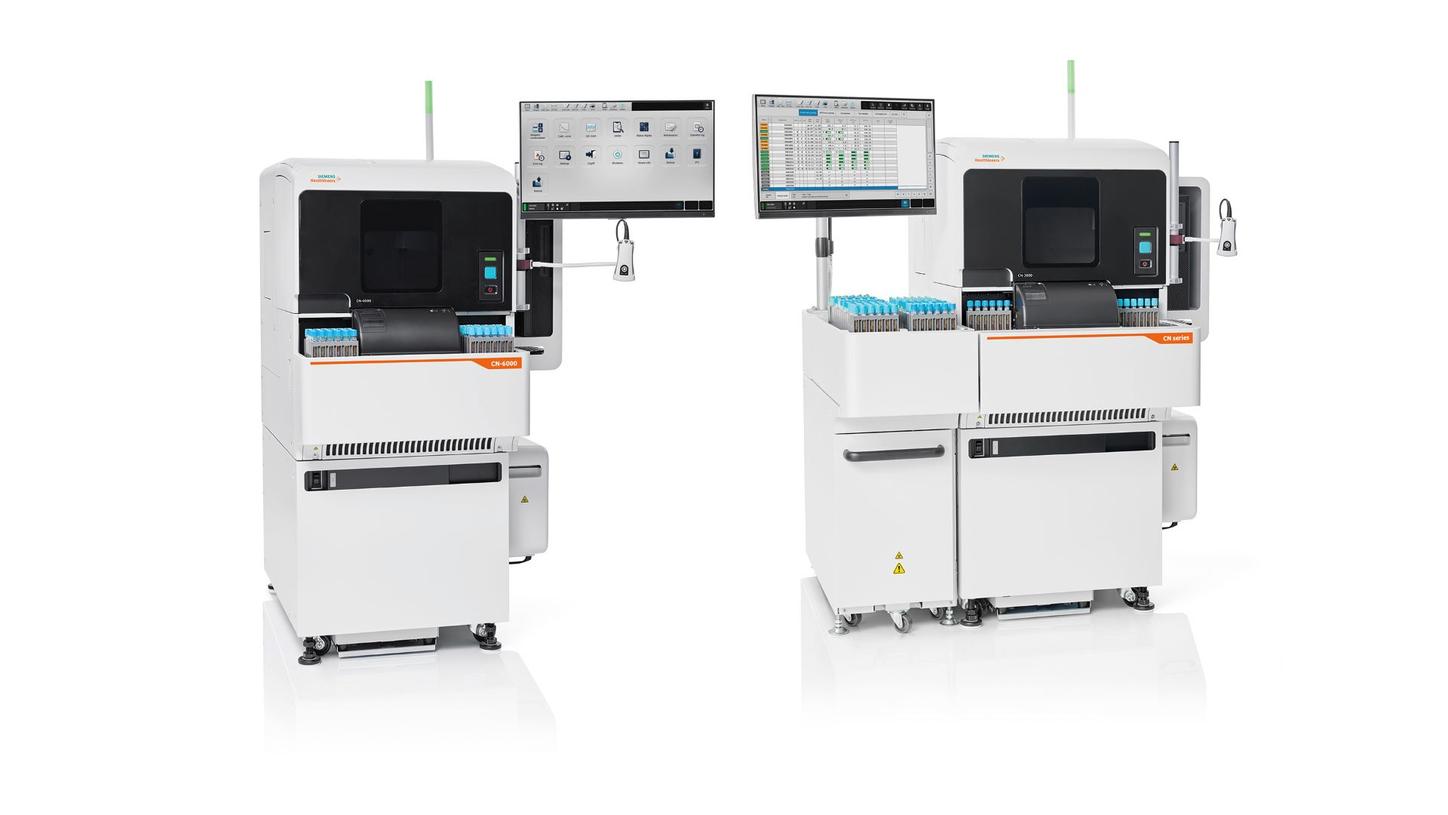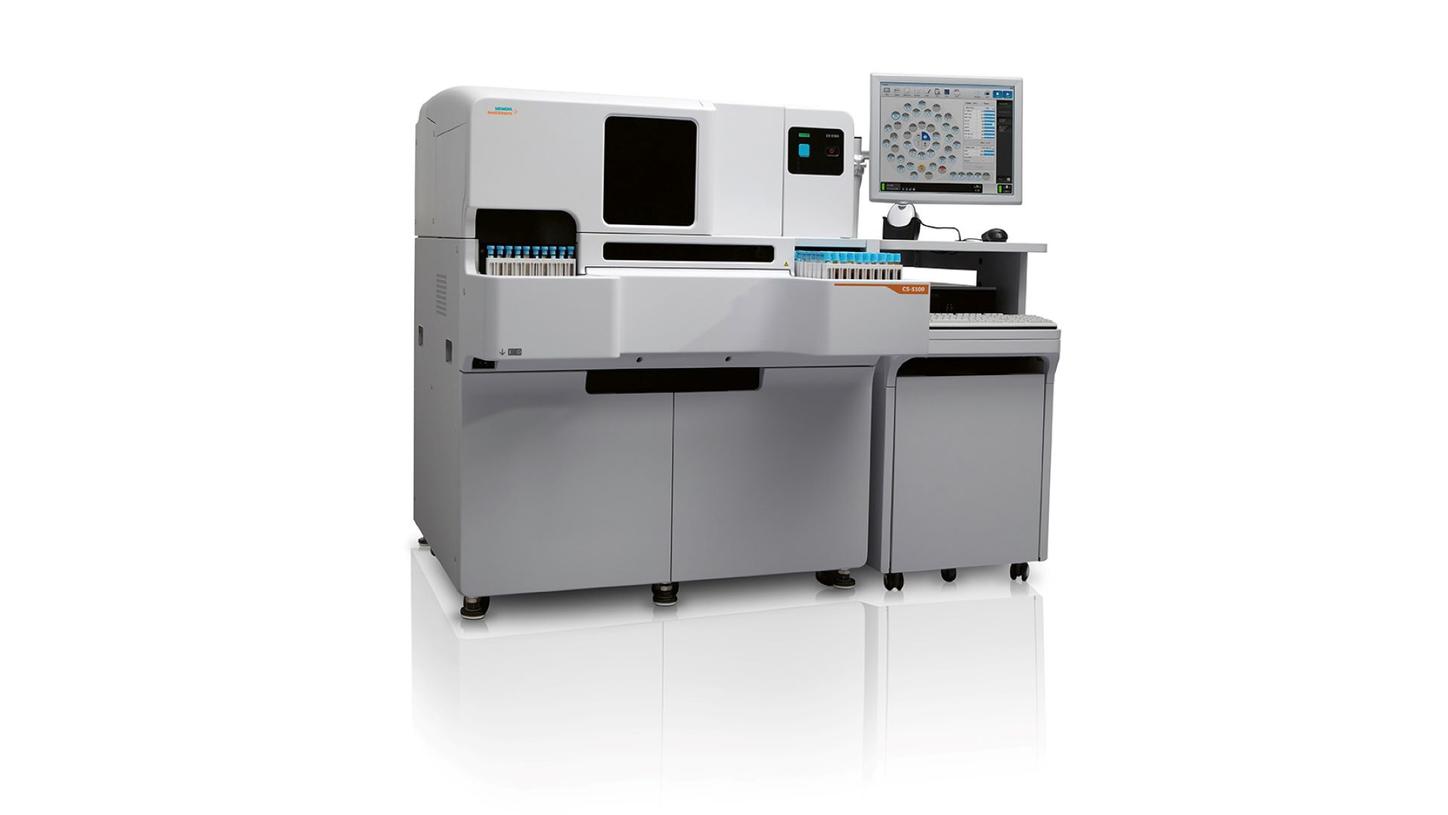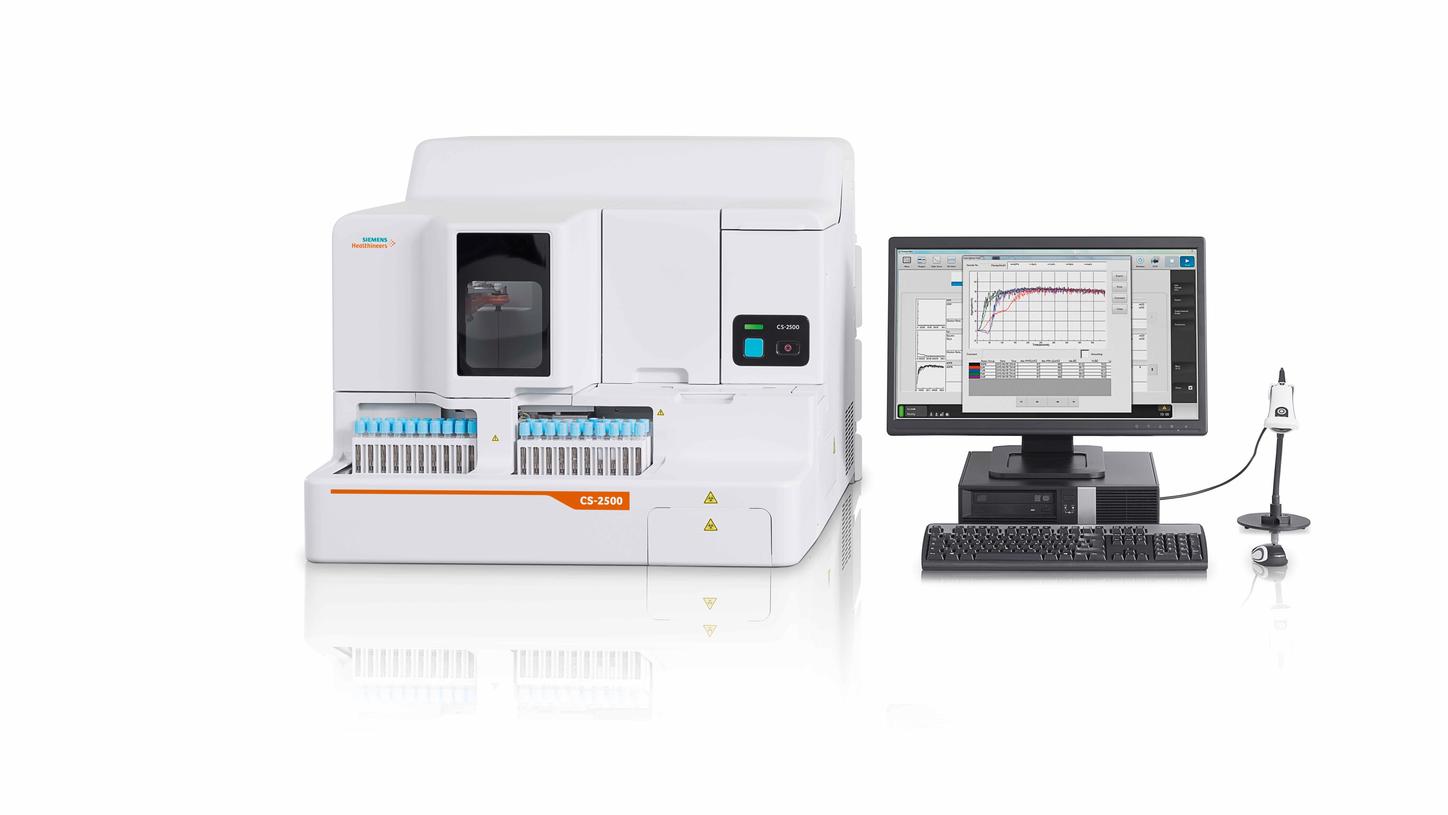
INNOVANCE D-Dimer assay
Innovation in D-dimer testing that goes beyond the expected
The INNOVANCE® D-Dimer assay is an automated, particle-enhanced, immunoturbidimetric assay for the quantitative determination of cross-linked fibrin degradation products (D-dimers). The INNOVANCE D-Dimer assay is indicated for use in conjunction with a clinical pretest probability (PTP) assessment model to exclude deep vein thrombosis (DVT) and pulmonary embolism (PE) in outpatients suspected of DVT or PE. In addition, the INNOVANCE D‑Dimer assay can be used as an aid in diagnosis and monitoring of hypercoagulable states in patients at risk or with signs of disseminated intravascular coagulopathy (DIC) or other disorders associated with a hypercoagulability.1
Did this information help you?
The products/features/applications mentioned here are not commercially available in all countries and are subject to local regulations. Their future availability cannot be guaranteed. Not available for sale in the U.S.
Suzuki K, Wada H, Imai H, et al. A re-evaluation of the D-dimer cut-off value for making a diagnosis according to the ISTH overt-DIC diagnostic criteria: communication from the SSC of the ISTH. J Thromb Haemost 2018;16:1442-4. https://doi.org/10.1111/jth.14134
De Moerloose P, Palareti G, Aguilar C, et al. A multicenter evaluation of a new quantitative highly sensitive D-dimer assay for exclusion of venous thromboembolism. Thromb Haemost. 2008;100:505-12. https://doi.org/10.1160/TH08-04-0202
May vary depending on type of analyzer used and mode of operation.
CLSI. Quantitative D-dimer for the Exclusion of Venous Thromboembolic Disease; Approved Guideline. CLSI document H59-A. Wayne, PA: Clinical and Laboratory Standards Institute; 2011.
Favresse J, Lippi G, Roy P-M, et al. D-dimer: Preanalytical, analytical, postanalytical variables, and clinical applications. Crit Rev Clin Lab Sci. 2018;55:8,548-77.
Wells PS. Integrated strategies for the diagnosis of venous thromboembolism. J Thromb Haemost 2007;5:41-50.
Hamer HM, Stroobants AK, Bavalia R, et al. Diagnostic accuracy of four different D-dimer assays: a post-hoc analysis of the YEARS study. Thromb Res 2021;201:18-22. https://doi.org/10.1016/j.thromres.2021.02.003
Tripodi A, D-dimer testing in laboratory practice. Clin Chem. 2011;57:9,1256-62.
Product availability varies from country to country and is subject to varying regulatory requirements. Please contact your local Siemens Healthineers organization for further details.









